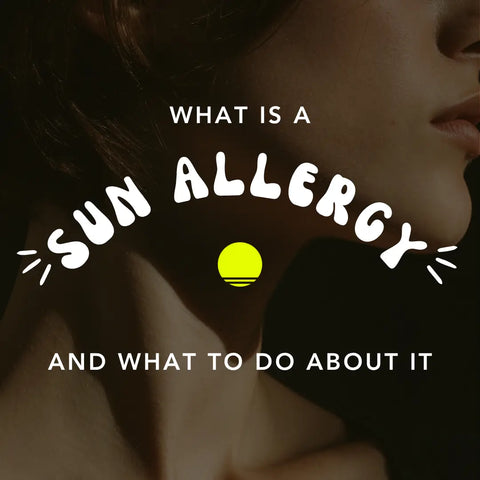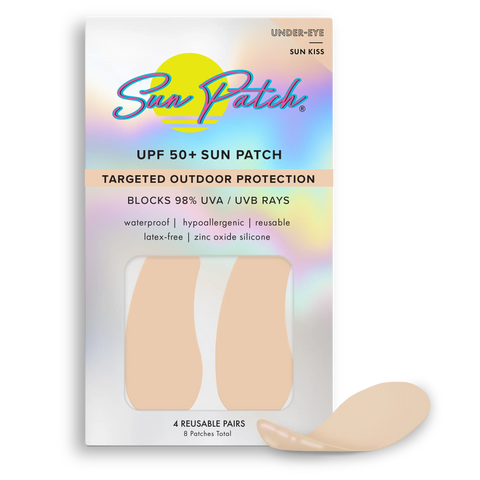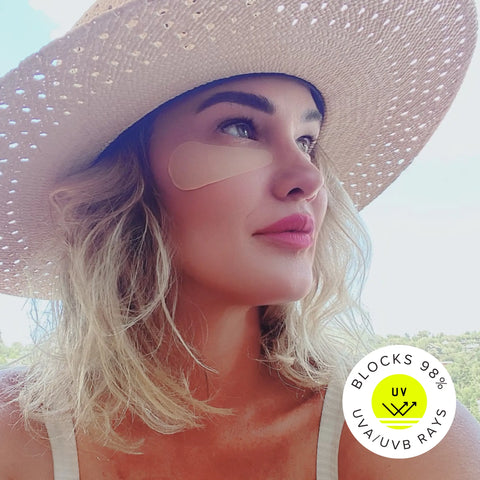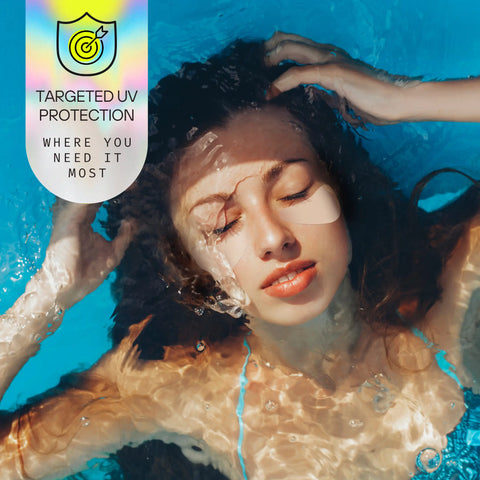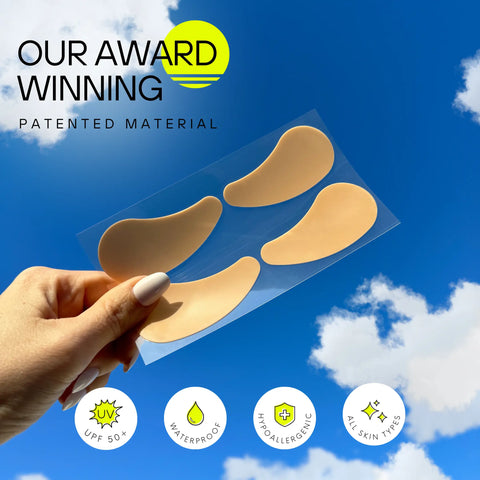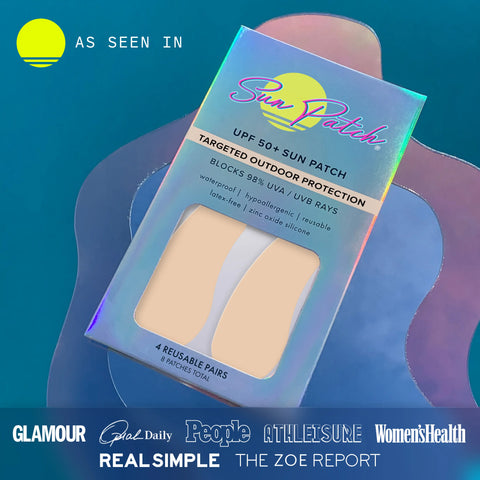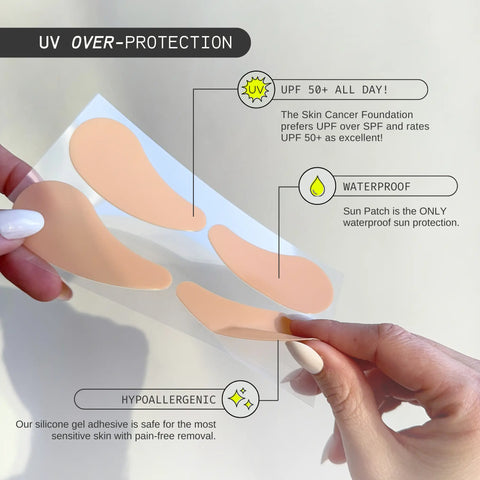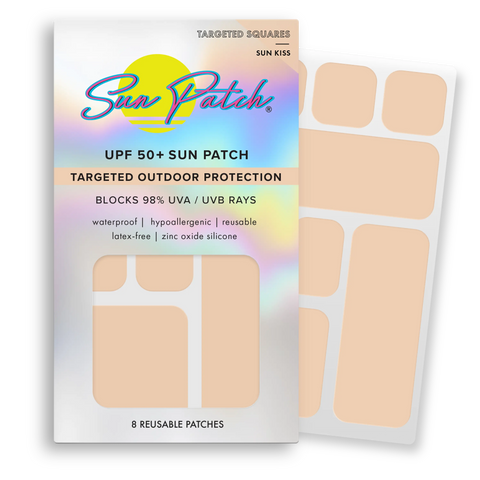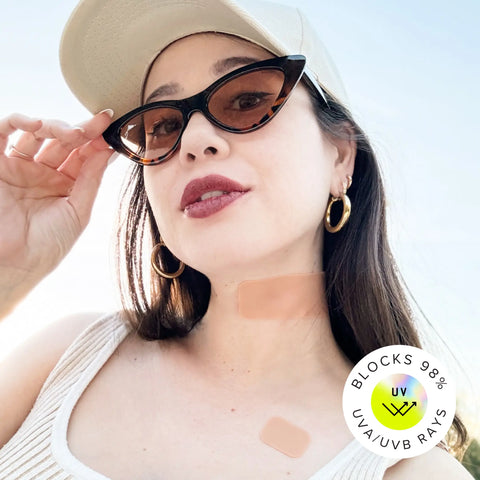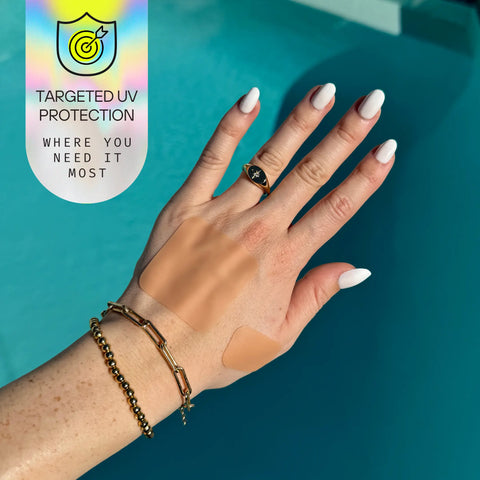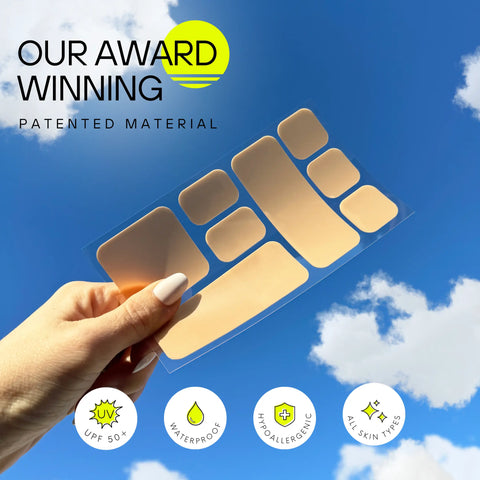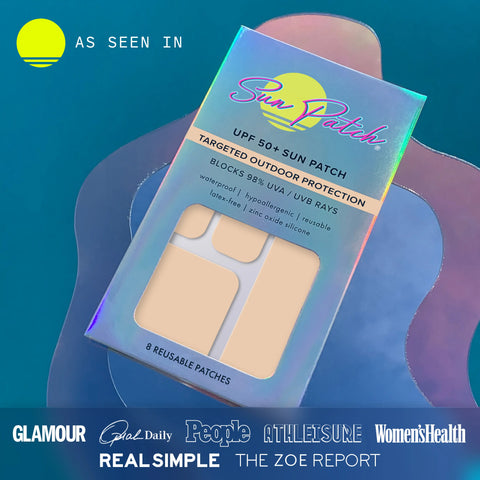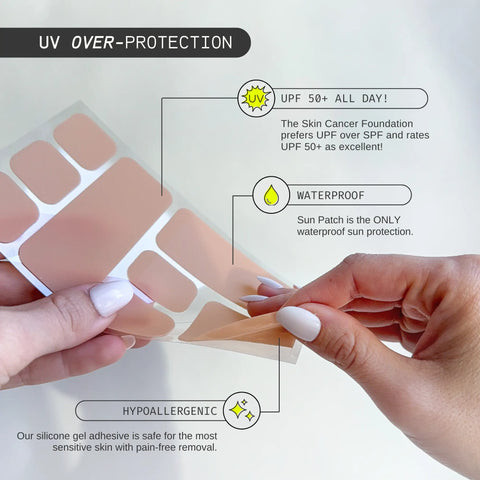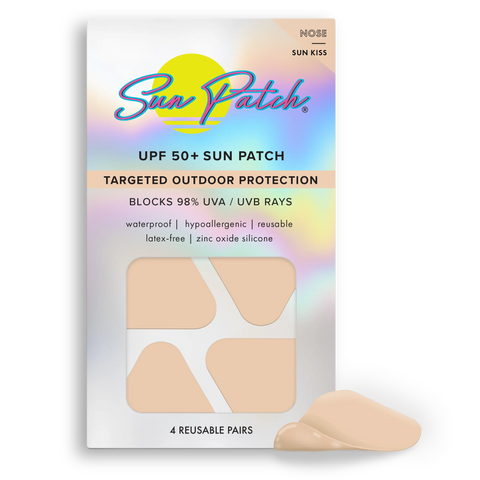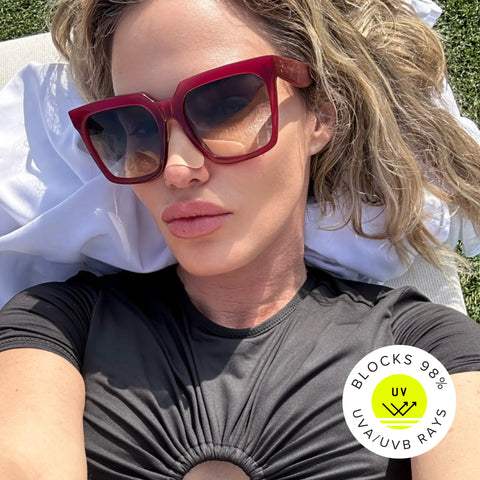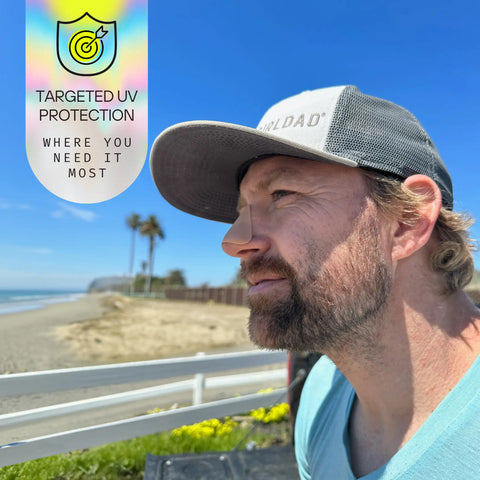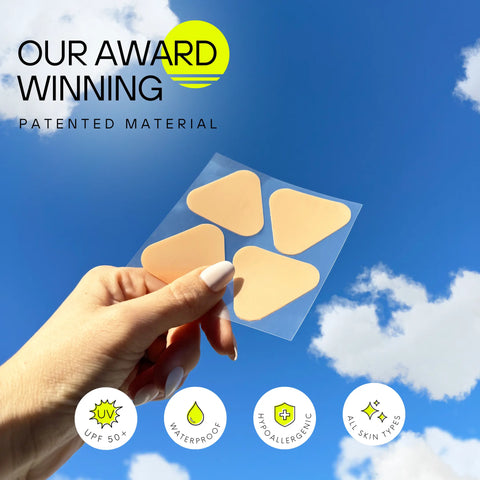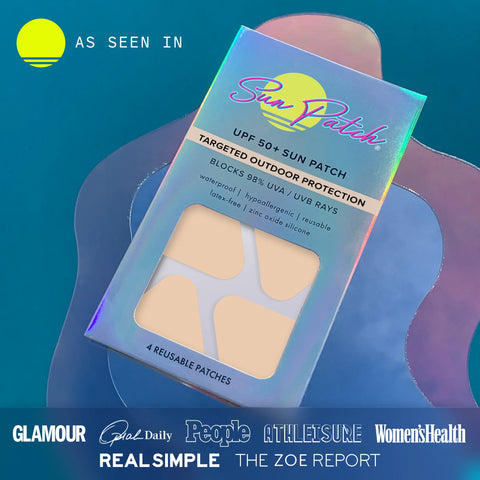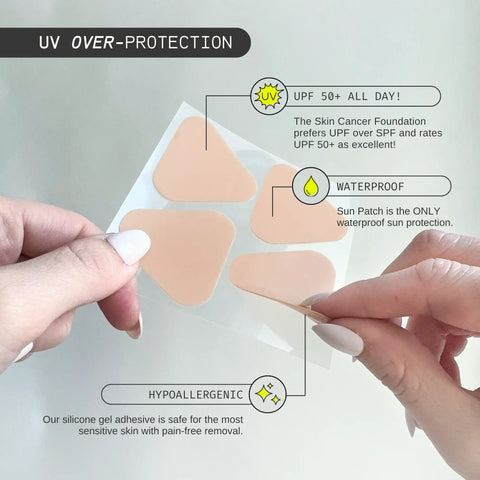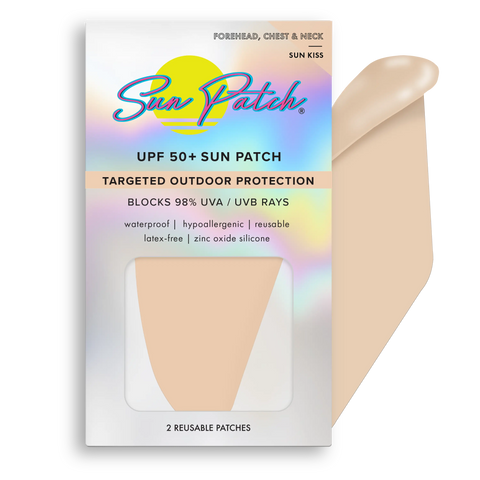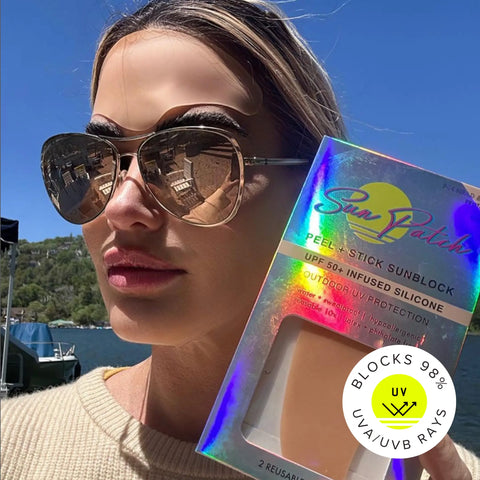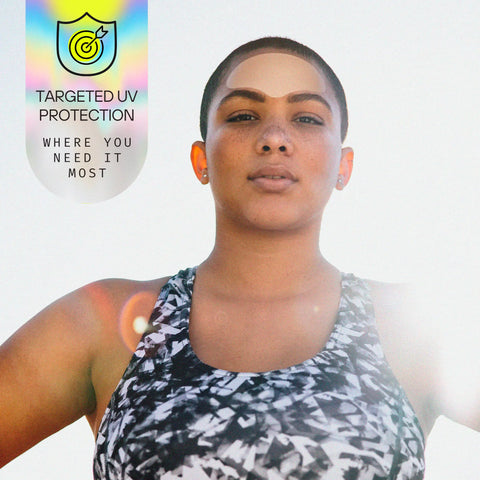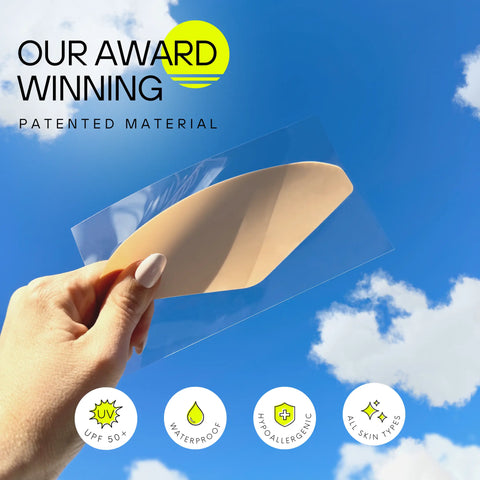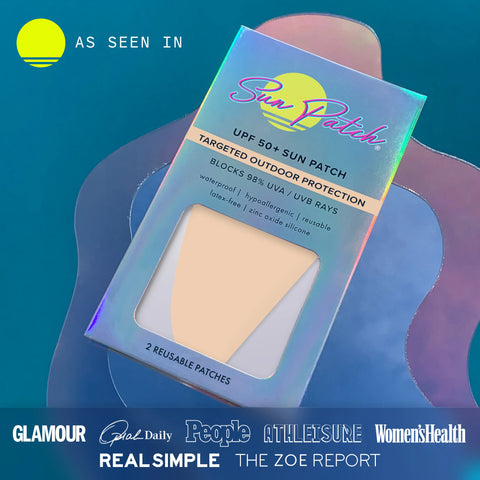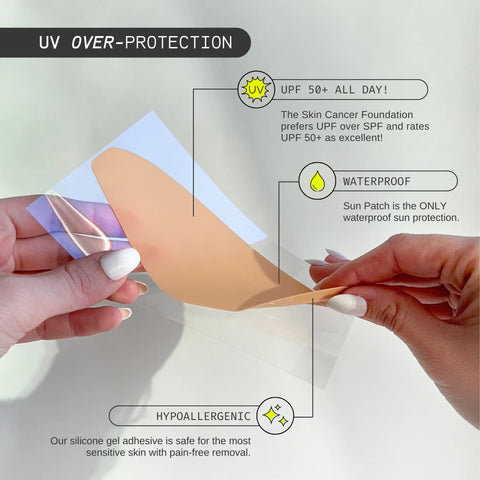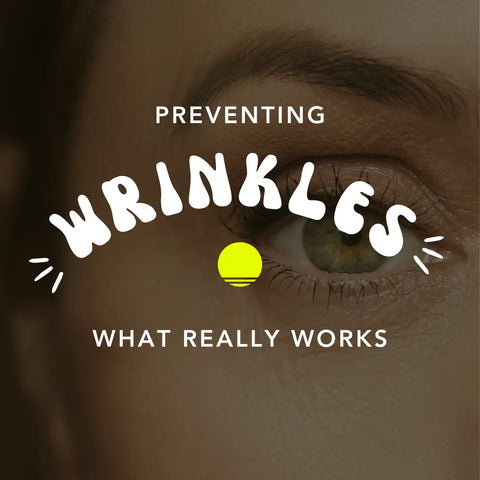When the Sun Feels Like an Enemy: What to Do If You Have a Sun Allergy 🌤️
You step outside on a sunny day—and your skin rebels. It itches, blisters, or breaks out in a rash. Welcome to the club nobody asked to join: sun allergy (also called photosensitivity or photodermatosis).
So what do you do now? Below, we’ll walk you through how to recognize a sun allergy, what steps to take, and how targeted protection—like Sun Patch—can help in places that are hard to shield.
What Is a Sun Allergy (Photosensitivity)?
A “sun allergy” isn’t always a true allergy in the immune-mediated sense, but rather, a heightened reaction your skin has when exposed to sunlight (particularly UV light). Dermatology sources group these reactions under photosensitivity or photodermatoses. (NCBI)
Some common types or triggers include:
-
Polymorphous Light Eruption (PMLE) — often presents as itchy bumps or patches a few hours after sun exposure. (Mayo Clinic)
-
Solar Urticaria — hives that appear almost immediately after sun exposure. (Harvard Health)
-
Photoallergic reactions — triggered when a chemical (in a product you applied, a medication, etc.) reacts with sunlight. (Harvard Health)
Risk factors include certain medications, chemicals, perfumes, or topical agents that sensitize skin to UV. (Mayo Clinic)
If you notice rash, stinging, burning, or blisters on sun-exposed areas (especially after only short exposure), seeing a dermatologist is a good move. They can perform phototesting to determine which wavelengths of UV trigger your reaction. (Mayo Clinic)
What to Do Once You Know You Have Sun Sensitivity
If your skin is throwing temper tantrums in the sun, here’s a practical playbook:
-
Avoid peak sun hours
Try to stay out of direct sun between ~10 a.m. and 4 p.m., when UV intensity is highest. -
Dress smart
Use UPF-rated clothing, wide hats, UV-blocking sunglasses, and long sleeves. Layer up — not just for style, but for protection. (Learn about the difference between SPF and UPF here) -
Use gentle physical sunscreens
Choose broad-spectrum sunscreens (zinc oxide, titanium dioxide) that are less likely to irritate photosensitive skin. (The Skin Cancer Foundation) -
Patch test products
New skincare, fragrances, medications — test them on small skin areas first to check for sensitivity. -
Shade, sunscreen, and smart timing
Use umbrellas, shade structures, and avoid reflective surfaces (sand, water) that bounce sunlight back.
Targeted Protection for the Tough Spots
Some areas of your skin are especially hard to cover: the nose bridge, cheekbones, under the eyes, scars, or biopsy sites. These zones are often left vulnerable—even when you do everything “right.”
This is where Sun Patch enters the frame as a smart supplementary tool. Its silicone-based design acts like a second skin, locking in moisture and creating a barrier. In theory (and in practice), that barrier can help minimize irritation, reinforce your skin’s tolerance, and prevent UV from reaching sensitive areas.
Because it can adhere snugly, it’s especially useful for those tricky, curved, or mobile areas where cloth or sunscreen tends to falter.
Why Silicone-Based Barriers Are Favored in Skin Healing (and Benefit Sensitive Skin)
Medical literature supports the use of silicone sheets or gels in scar management and healing. They:
-
Reduce trans-epidermal water loss (TEWL) by creating an occlusive barrier, which maintains hydration in the skin and supports optimal healing conditions. (PubMed)
-
Improve scar appearance in thickness, texture, and color compared with untreated skin, especially when used consistently. (PMC)
-
Are considered a first-line, non-invasive method in many scar-management guidelines. (Journal of Plastic Surgery)
Silicone patches are already trusted in dermatology and plastic surgery for helping healing skin stay smooth, pliable, and less reactive to environmental stressors. That same principle makes them a natural candidate for protecting sensitive or photosensitive areas of the skin.
Final Thoughts
If your skin reacts badly to sunlight, you don’t have to resign yourself to darkness. With awareness, smart behavioral changes, and selective use of protective tools (like Sun Patch), you can reclaim your time outdoors.
Sun Patch isn’t a replacement for covering up or using sunscreen everywhere—but it’s a great tool for the places that are hardest to shield. Especially for people with sun sensitivity, that extra layer of protection can make a world of difference.
Sun Patch was specifically developed to give people who need more sun protection—whether due to sensitive skin, medical conditions, or simple peace of mind—more options. We know that traditional sun care doesn’t cut it for everyone, especially those managing conditions like sun allergies or recovering from skin procedures. That’s why our patches were designed to deliver targeted, reusable, all-day protection that’s as comfortable as it is effective. With Sun Patch, you can enjoy the outdoors with confidence, knowing your most vulnerable skin is fully protected.
Check our our collection of reusable silicone sun protection here.
CITATIONS
-
Harvard Health on “Sun Allergy (Photosensitivity)” (Harvard Health)
-
DermNet, on photosensitivity / photodermatoses (DermNet®)
-
Mayo Clinic, sun allergy overview and phototesting (Mayo Clinic)
-
PubMed – “Occlusion and hydration of scars: moisturizers versus silicone gels” (PubMed)
-
PMC – “Update on Postsurgical Scar Management” (PMC)
-
J Clin Aesthet Dermatol – silicone sheet treatment results (JCAD)
-
Silicone therapy in scar treatment review (Wounds International) (woundsinternational.com)
-
Skin Cancer Foundation on photosensitivity and recommendations (The Skin Cancer Foundation)

